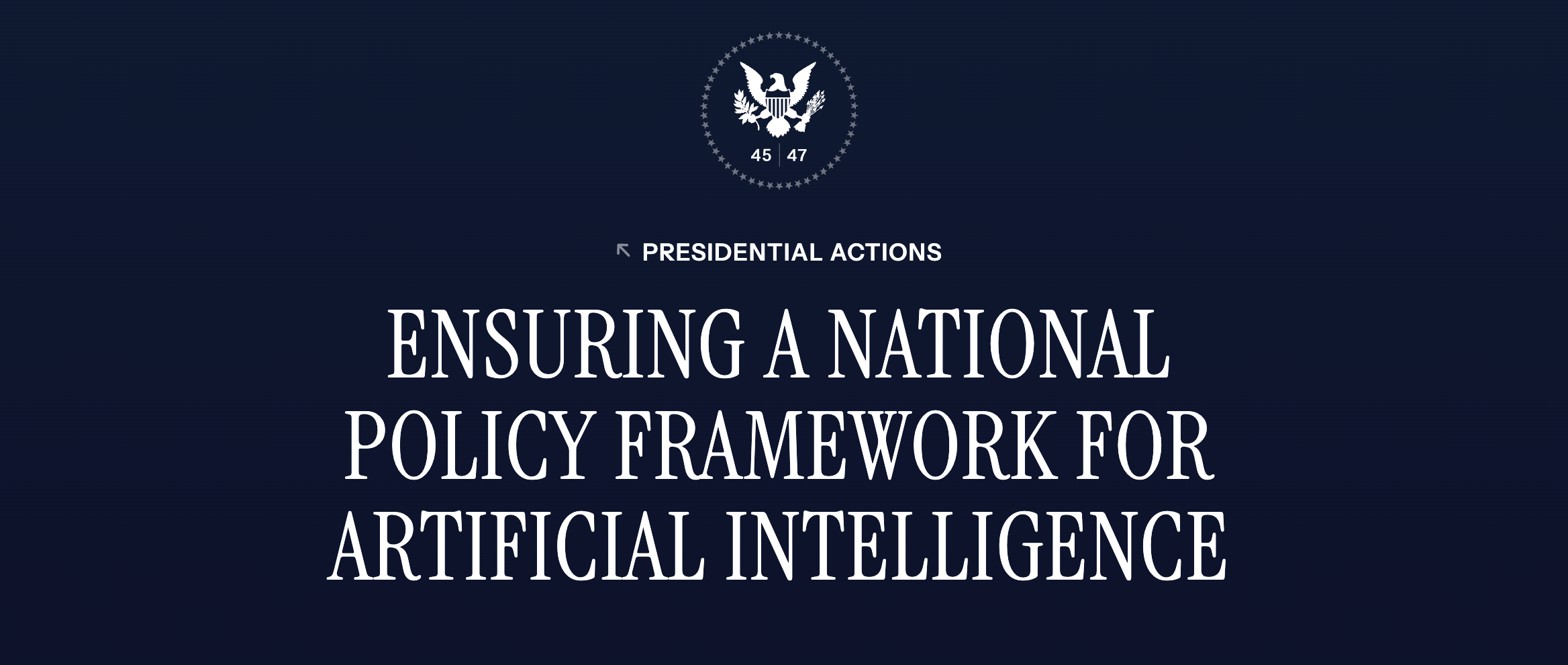By Heather Bone, Research Fellow, Consumer Choice Center
Nearly every time the prospect of privatizing alcohol sales in Ontario is debated, there is a moral panic. If alcohol sales are privatized, the argument goes, alcohol will be more easily accessible, and there will be an increase in alcohol-related crime. In this research brief, I investigate the extent to which we should be concerned about an increase in social ills resulting from liquor store privatization by focusing on Alberta’s experience with impaired driving (due to limited data availability on other crimes like underage drinking). Thus, this paper answers the following question: Does the retail distribution system of alcohol affect impaired driving rates?
If you were to trust the Ontario Public Sector Employees Union (OPSEU), which represents the province’s 7,500 LCBO employees, you would assume that the relationship is positive – that is, that private liquor distribution systems bring about higher rates of impaired driving. A radio ad released by OPSEU argued: “In Alberta, you can buy alcohol at the grocery chains and in Alberta, it’s three-and-a-half times more likely that the person you pass coming out of the parking lot is driving drunk. Do you want to make that kind of a trade-off in Ontario? A little bit of convenience for a whole lot of pain and suffering.”[1] However, the data tells a different story.
Using data from Statistics Canada and the differences-in-differences econometric technique, I compared Alberta’s impaired driving rates in the four years after the privatization of their state-run liquor stores (in 1993) to their predicted rates in the absence of the policy change (using a computer-generated synthetic counterfactual composed of the impaired driving rates of Newfoundland and the Yukon – two jurisdictions which experienced no change in alcohol policy over the period studied). I found a statistically significant decline in impaired driving rates in response to the policy change. What OPSEU, in their analysis, conveniently omitted was that Alberta’s rates of impaired driving were much higher than Ontario’s prior to liquor store privatization.
My research suggests, if anything, that private retailers can be trusted more than government at keeping alcohol out of the hands of those who are most likely to abuse it. The key results are shown in Table 1 and visually depicted in Figure 1 below. The parameter of interest is the interaction between province and time (Alberta*After) which is negative and statistically significant, demonstrating that the policy change resulted in less impaired driving.
| Table 1:
Impaired Vehicle Operation Offenses in Alberta per 100,000 people |
|
| Alberta | -1.5
(37.2) |
| After | -684.8***
(49.0) |
| Alberta*After | -150.7*
(62.5) |
Source: CANSIM Table 252-0013, Statistics Canada
***p <0.001, **p<0.01, *p<0.05
Figure 1: Impaired Vehicle Operation Offenses Per 100,000 People Over Time
 Source: CANSIM Table 252-0013, Statistics Canada
Source: CANSIM Table 252-0013, Statistics Canada
The idea that Ontario, and other jurisdictions with state-owned liquor stores, need to choose between social ills and more consumer choice is a false dichotomy. While the costs of liberalizing alcohol sales are overstated, the benefits are clear. As a result of privatization, Alberta drastically expanded the range of products available to consumers from just 2,200 varieties of beer, wine, and spirits in 1993 to over 19,000 varieties today.[2] Ontario, and similar jurisdictions where the state is responsible for the sale of liquor, should, therefore, follow Alberta’s example and pursue privatization for the sake of consumer choice.
[1] OPSEU (2015), “OPSEU radio ads spark strong response from Alberta’s privatized alcohol sector”, https://opseu.org/news/opseu-radio-ads-spark-strong-response-albertas-privatized-alcohol-sector
[2] Milke, “Success of Alberta’s liquor store privatization a lesson for other provinces”, https://www.fraserinstitute.org/article/success-albertas-liquor-store-privatization-lesson-other-provinces




